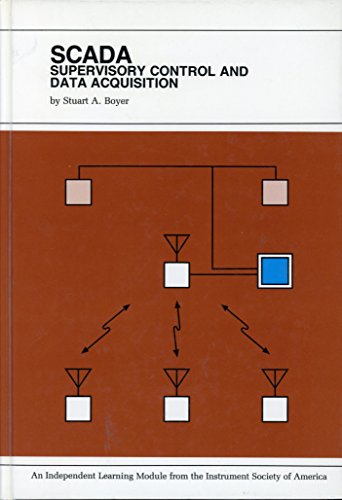SCADA: Supervisory Control and Data Acquisition (Independent Learning Module Book Series) - Tapa dura

Reseña del editor
Supervisory control and data acquisition (SCADA) technology has evolved over the past 30 years as a method of monitoring and controlling large processes. This guide offers overviews of SCADA's component technologies, as well as details necessary to understand the big picture. SCADA processes cover areas that may be measured in the thousands of square miles, and have dimensions that may be hundreds, occasionally thousands, of miles long. Now a mature technology, SCADA includes, but is not limited to, software packages that an be incorporated in a larger system. After completing its 14 self-study units, readers should be conversant with SCADA nomenclature and architecture, understand the basic technology of the system's building blocks, understand its limitations, understand how it can benefit particular operations, and have a basis for selecting appropriate SCADA technologies for their operational requirements. Contents: What Is SCADA? A Brief History Real-Time Systems Remote Control - What Not to SCADA Communication Radio Remote Terminal Units Master Terminal Units Sensors, Actuators, and Wiring Applications Operator Interface SCADA Economics Bibliography and Glossary.
"Sobre este título" puede pertenecer a otra edición de este libro.
- EditorialInstrument Society of America
- Año de publicación1993
- ISBN 10 1556172109
- ISBN 13 9781556172106
- EncuadernaciónTapa dura
- IdiomaInglés
- Número de páginas254
(Ningún ejemplar disponible)
Buscar: Crear una petición¿No encuentra el libro que está buscando? Seguiremos buscando por usted. Si alguno de nuestros vendedores lo incluye en AbeBooks, le avisaremos.
Crear una petición
